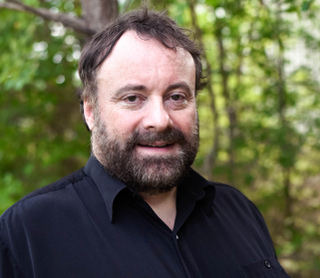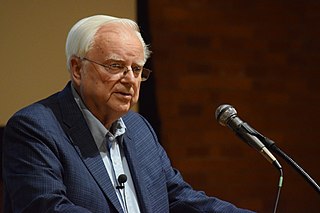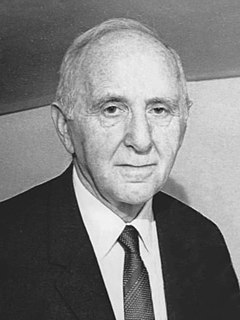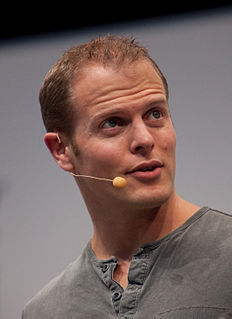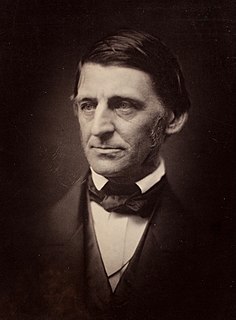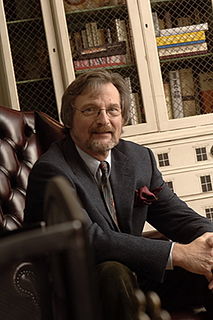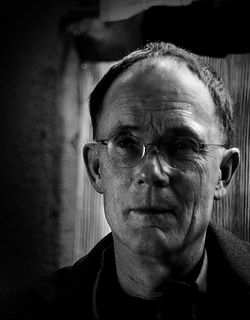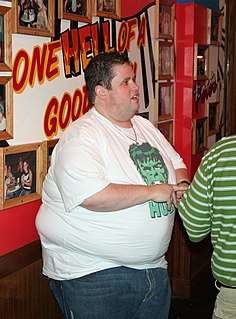A Quote by Jonathan Sarfati
By analyzing data from Greenwich Observatory in the period 1836-1953, John A. Eddy [Harvard-Smithsonian Center for Astrophysics and High Altitude Observatory in Boulder] and Aram A. Boornazian [mathematician with S. Ross and Co. in Boston] have found evidence that the sun has been contracting about 0.1% per century during that time, corresponding to a shrinkage rate of about 5 feet per hour. And digging deep into historical records, Eddy has found 400-year-old eclipse observations that are consistent with such a shrinkage.
Quote Topics
About
Altitude
Analyzing
Astrophysics
Been
Boston
Boulder
Center
Century
Consistent
Contracting
Corresponding
Data
Deep
Digging
Digging Deep
Eclipse
Evidence
Feet
Found
Greenwich
Harvard
High
Historical
Hour
John
Mathematician
Observations
Observatory
Old
Per
Period
Rate
Records
Shrinkage
Smithsonian
Sun
Time
Year
Related Quotes
Substantial progress was made in spreading our foreign trade to other areas. Our total trade with Northwest Europe in the first 8 months of last year was 42.3 per cent above the corresponding period the year previous, and our total trade with Asia was up 13.5 per cent. For the first time since 1919, the United States in the first 8 months of 1956 accounted for less than 60 percent of our total trade.
Here's the truth. The proposed top rate of income tax is not 50 per cent. It is 50 per cent plus 1.5 per cent national insurance paid by employees plus 13.3 per cent paid by employers. That's not 50 per cent. Two years from now, Britain will have the highest tax rate on earned income of any developed country.
Home. Home was BAMA, the Sprawl, the Boston-Atlanta Metropolitan Axis. Program a map to display frequency of data exchange, every thousand megabytes a single pixel on a very large screen. Manhattan and Atlanta burn solid white. Then they start to pulse, the rate of traffic threatening to overload your simulation. Your map is about to go nova. Cool it down. Up your scale. Each pixel a million megabytes. At a hundred million megabytes per second, you begin to make out certain blocks in midtown Manhattan, outlines of hundred-year-old industrial parks ringing the old core of Atlanta.
My average fan works for about $20 per hour, if they are lucky enough to have a job. And then factoring in insurance, taxes and such, they're maybe bringing home $15 per hour. If my tickets are just under $30, it took them about two hours of their life to make the money to come see my show. Why shouldn't I give them two hours too?
